Will Trump force the Fed to lower interest rates?
Markets are ignoring the risk that Donald Trump compels the central bank into reckless interest rate cuts
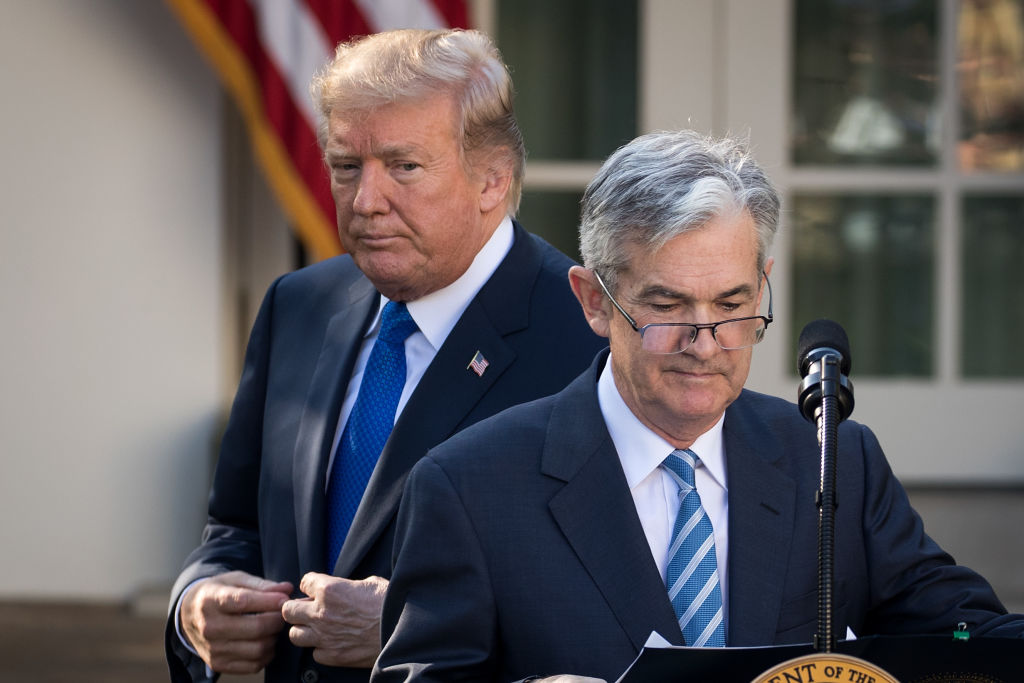

Markets are getting increasingly rattled by the difficulty of understanding what Donald Trump is likely to do next, but this should not have come as a surprise.
Trump’s great skill as a politician is his ability to convince so many people that he will be good for them, even though his policies are clearly contradictory, and there’s no sound reason for thinking that he’ll stick with the ones they particularly like. You struggle to pick out any consistent ideology other than a belief that the president’s power should be unchecked.
So we shouldn’t put too much weight on any forecasts for the next few years because they are even more guesswork than usual. Still, there is one big risk that we should not underprice: Trump forcing through a very large cut in interest rates.
MoneyWeek
Subscribe to MoneyWeek today and get your first six magazine issues absolutely FREE

Sign up to Money Morning
Don't miss the latest investment and personal finances news, market analysis, plus money-saving tips with our free twice-daily newsletter
Don't miss the latest investment and personal finances news, market analysis, plus money-saving tips with our free twice-daily newsletter
Unusually consistent
It is entirely clear from Trump’s career that he will always favour lower interest rates – this is one of the rare situations where his comments and his conduct are almost always consistent.
After all, he does not fit the profile of anybody who believes in sound money. He is a real-estate developer with a history of borrowing as much as he can, and of filing business bankruptcy or getting debt forgiveness from lenders on several occasions.
Back in 2016, when first running as president, Trump accused the Fed of keeping rates too low to help Barack Obama, saying it had created a “false economy”. Once in power, that changed.
In 2018, after the central bank started to raise rates, he criticised it for moving too fast and called it his “biggest threat”.
This time, he said throughout his election campaign that rates should be lower, and he’s been stepping up that pressure since he got back in the White House.
Will the Fed cave under pressure?
The Fed is nominally independent but not immune to political pressure. It will cave in to this, just as it did in 2019.
The natural assumption is that the governors are moderately responsible, so they will give Trump lower rates, but not recklessly so (by their easy-money standards).
Yet, if the US economy starts to weaken and Trump’s approval ratings follow it down, it is very plausible that he will demand much deeper cuts.
The highest rates got in his last term was 2.5%, and much of the time, they were zero.
Would the current governors agree to that? That might not matter – Trump could try to replace them if they did not.
Fed chair Jerome Powell has said he won’t step down, and the president is not allowed to fire him. But given the approach that Trump is taking on other issues, I would take very little comfort in any legal arguments as to why he can’t replace the entire board with himself, Elon Musk or whoever else happens to be in favour.
If rates were cut aggressively, the usual tactic would be to hold long-term bonds (their price moves more for a given change in rates).
Yet, if Trump coerces the Fed, it could rattle markets even more, causing the yield curve to steepen.
I do not expect this to play out unless the US economy weakens severely, but it is another reason why our strategic portfolio holds only short-term bonds. Long-term yields are not high enough for this risk.
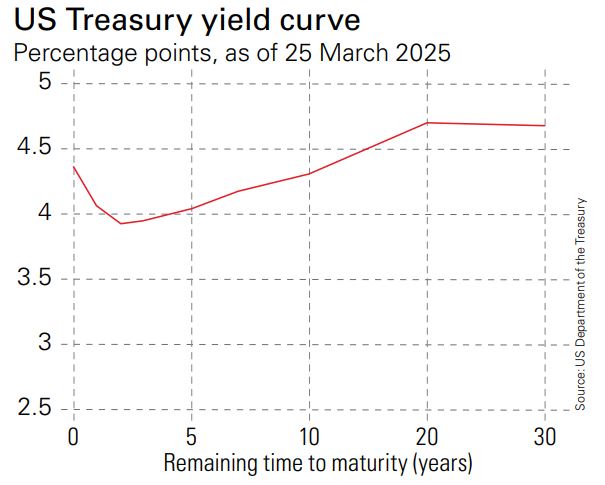
This article was first published in MoneyWeek's magazine. Enjoy exclusive early access to news, opinion and analysis from our team of financial experts with a MoneyWeek subscription.
Get the latest financial news, insights and expert analysis from our award-winning MoneyWeek team, to help you understand what really matters when it comes to your finances.
Cris Sholto Heaton is an investment analyst and writer who has been contributing to MoneyWeek since 2006 and was managing editor of the magazine between 2016 and 2018. He is especially interested in international investing, believing many investors still focus too much on their home markets and that it pays to take advantage of all the opportunities the world offers. He often writes about Asian equities, international income and global asset allocation.
Cris began his career in financial services consultancy at PwC and Lane Clark & Peacock, before an abrupt change of direction into oil, gas and energy at Petroleum Economist and Platts and subsequently into investment research and writing. In addition to his articles for MoneyWeek, he also works with a number of asset managers, consultancies and financial information providers.
He holds the Chartered Financial Analyst designation and the Investment Management Certificate, as well as degrees in finance and mathematics. He has also studied acting, film-making and photography, and strongly suspects that an awareness of what makes a compelling story is just as important for understanding markets as any amount of qualifications.
-
 300,000 remote workers to miss out on working from home tax relief
300,000 remote workers to miss out on working from home tax reliefThousands of workers forced to work from home will no longer benefit from the working from home tax relief next year. How will it affect you?
-
 How to tap into AI energy stocks
How to tap into AI energy stocksOne certainty about generative AI is that it is hugely energy-intensive. Companies providing that power look set to capture the benefits.
-
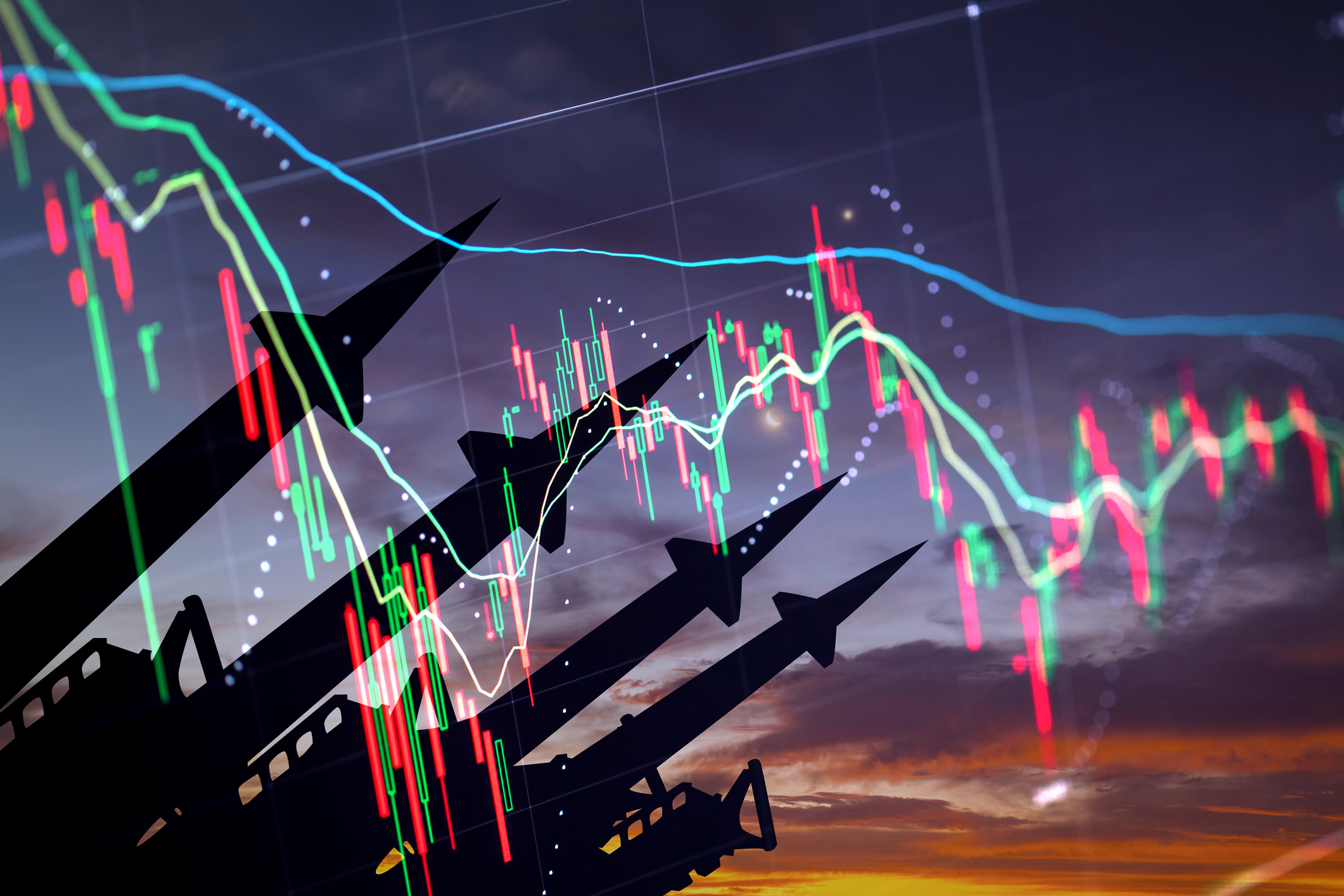 The global defence boom has moved beyond Europe – here’s how to profit
The global defence boom has moved beyond Europe – here’s how to profitOpinion Tom Bailey, head of research for the Future of Defence Indo-Pac ex-China UCITS ETF, picks three defence stocks where he'd put his money
-
 Profit from a return to the office with Workspace
Profit from a return to the office with WorkspaceWorkspace is an unloved play on the real estate investment trust sector as demand for flexible office space rises
-
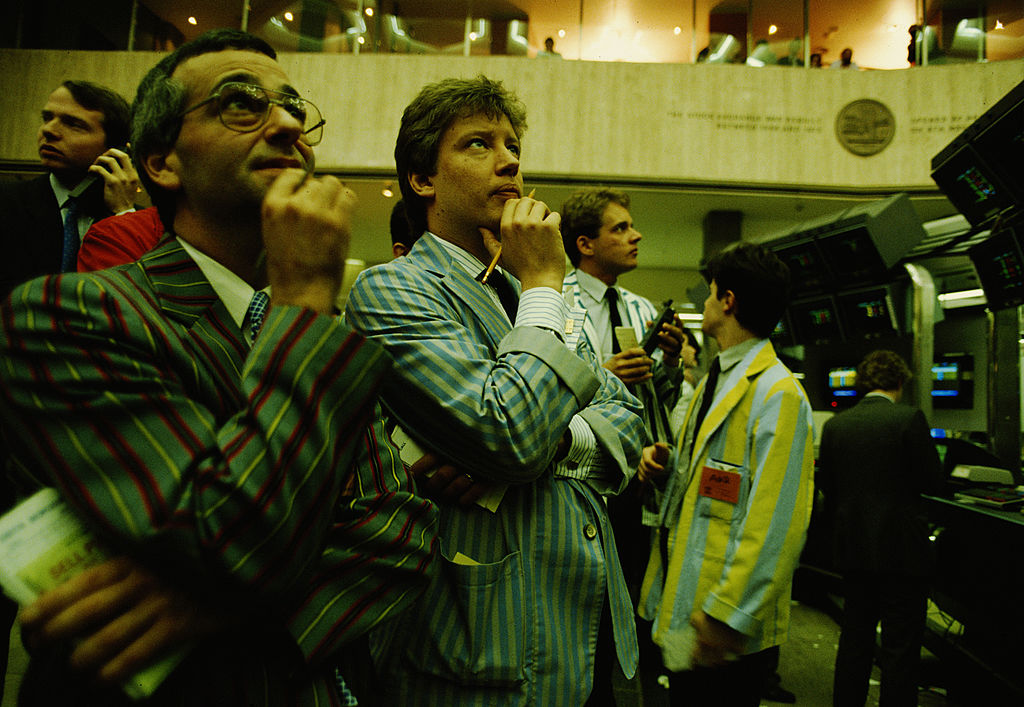 An “existential crisis” for investment trusts? We’ve heard it all before in the 70s
An “existential crisis” for investment trusts? We’ve heard it all before in the 70sOpinion Those fearing for the future of investment trusts should remember what happened 50 years ago, says Max King
-
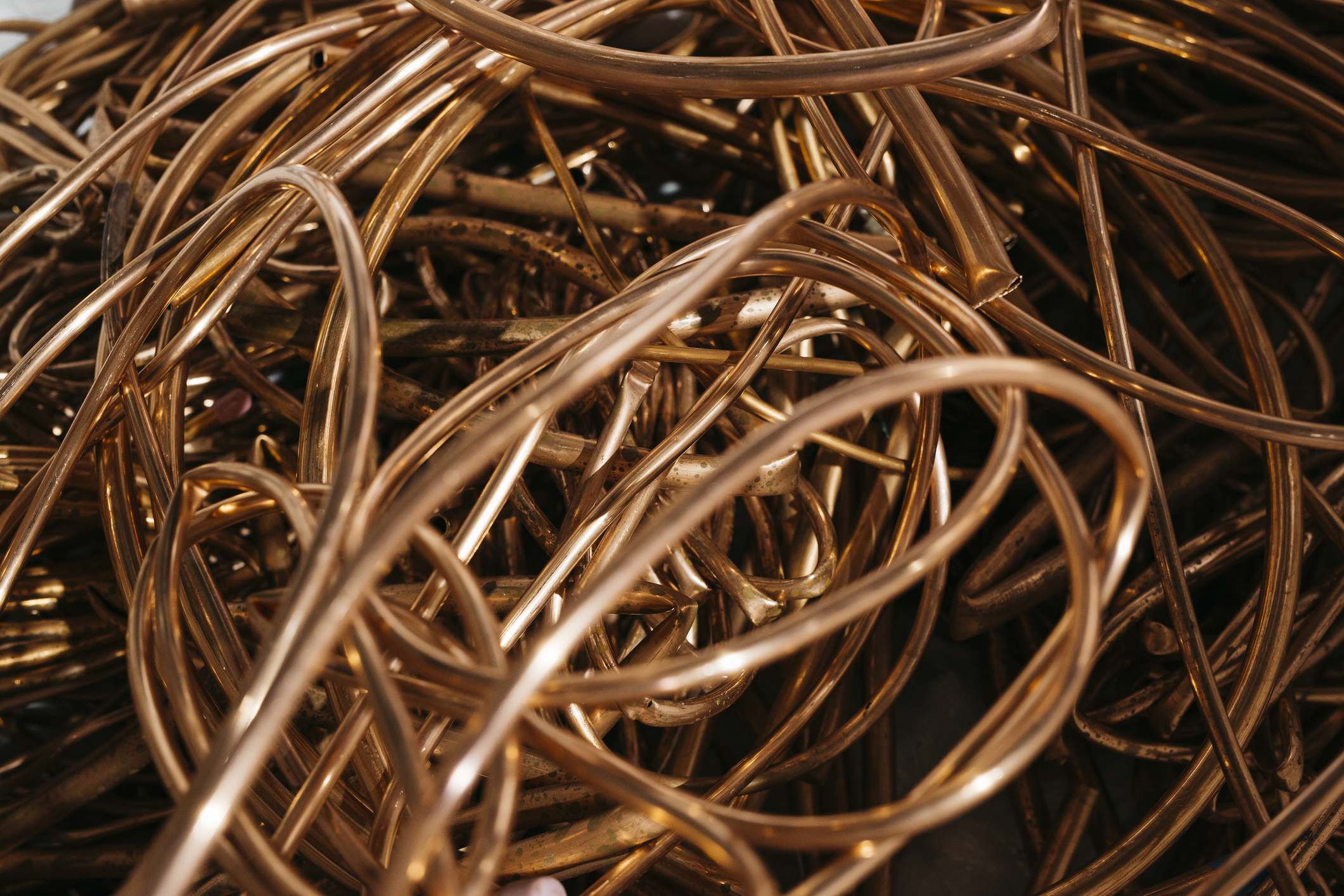 Why a copper crunch is looming
Why a copper crunch is loomingMiners are not investing in new copper supply despite rising demand from electrification of the economy, says Cris Sholto Heaton
-
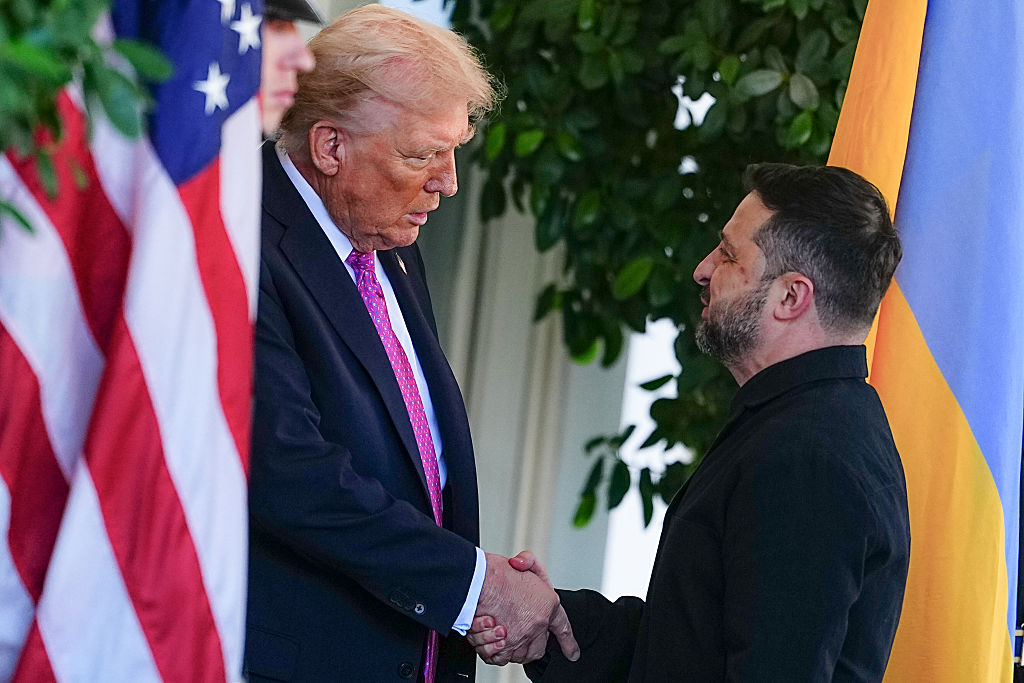 No peace dividend in Trump's Ukraine plan
No peace dividend in Trump's Ukraine planOpinion An end to fighting in Ukraine will hurt defence shares in the short term, but the boom is likely to continue given US isolationism, says Matthew Lynn
-
 Will the internet break – and can we protect it?
Will the internet break – and can we protect it?The internet is a delicate global physical and digital network that can easily be paralysed. Why is that, and what can be done to bolster its defences?
-
 Why UK stocks are set to boom
Why UK stocks are set to boomOpinion Despite Labour, there is scope for UK stocks to make more gains in the years ahead, says Max King
-
 Chen Zhi: the kingpin of a global conspiracy
Chen Zhi: the kingpin of a global conspiracyChen Zhi appeared to be a business prodigy investing in everything from real estate to airlines. Prosecutors allege he is the head of something more sinister
